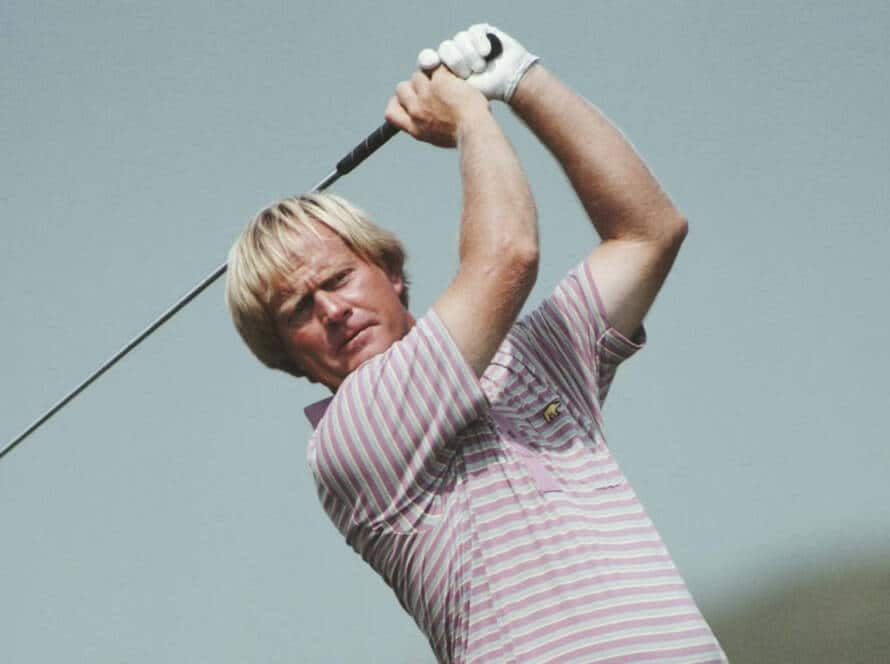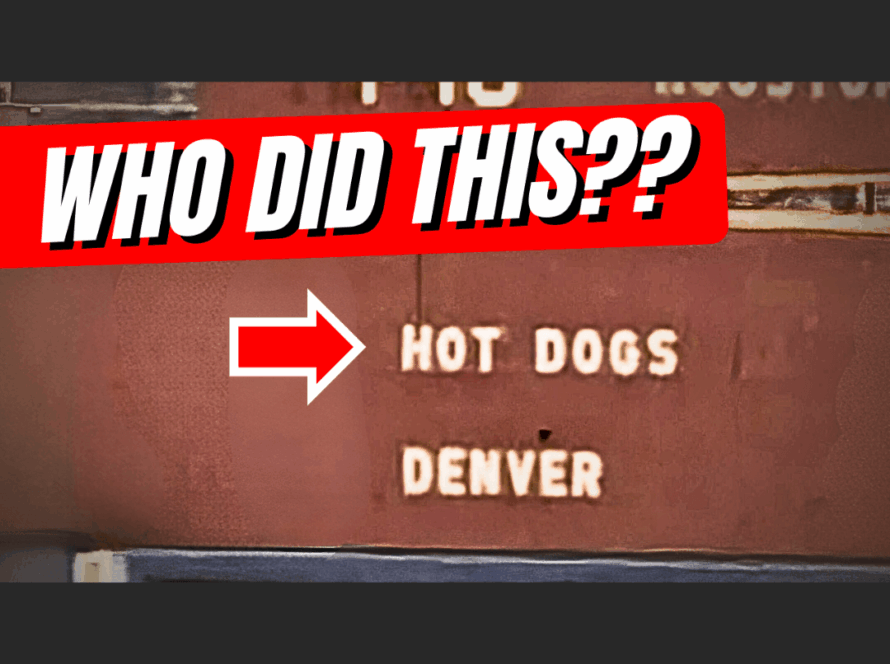I’ve worked in baseball nearly my whole life. I’ve seen a lot of games, a lot of gimmicks, and a lot of promotions come and go. But there was one night in 1980 that changed everything I knew about entertaining a crowd — and it all started with a chicken.
Not just any chicken. I’m talking about The Chicken. The San Diego Chicken. A mascot so iconic that he performed live for more than a billion people — second only to acts like the Rolling Stones, the Grateful Dead, and Willie Nelson.
Origins of The Chicken
The Chicken’s story began in 1974 when San Diego radio station KGB-FM sent a young man named Ted Giannoulas to the zoo in a chicken costume for a simple promo stunt. What was meant as a one-time event turned into something magical. Giannoulas’s ability to read the crowd, improvise, and entertain made the character unforgettable.
Soon, he was performing regularly at San Diego Padres games and even landed a gig with the San Diego Chargers. His antics were unscripted, full of slapstick comedy, and unlike anything fans had ever seen from a mascot.
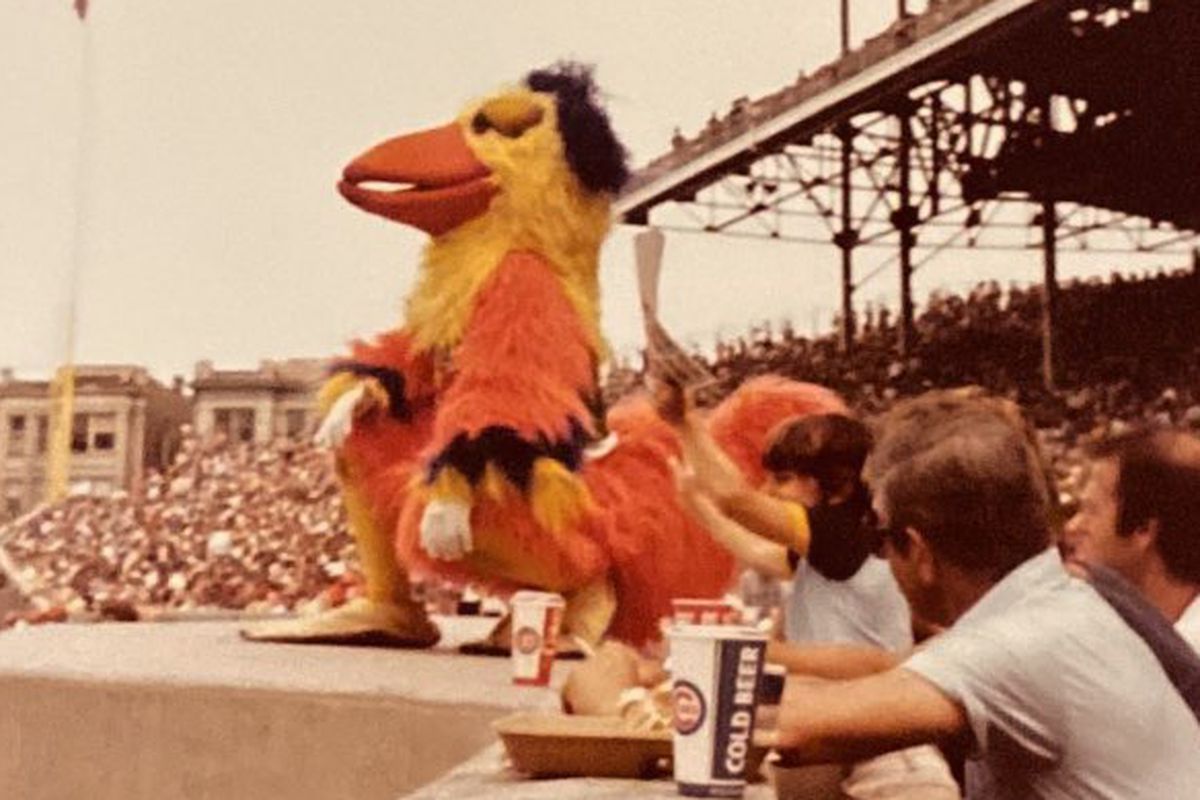
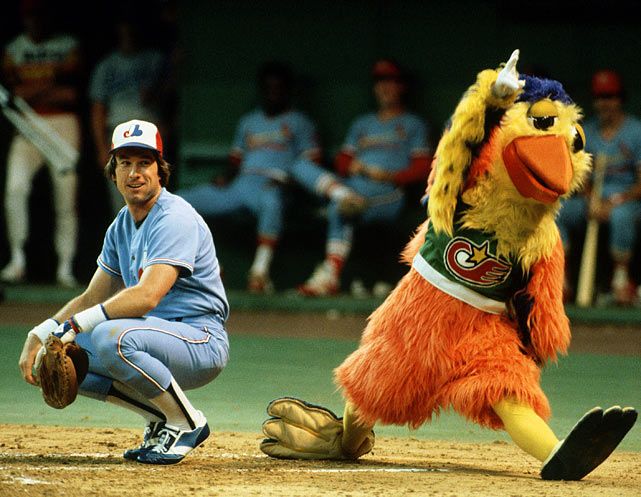
The Chicken’s Impact on Sports Entertainment
Before The Chicken, mascots were mostly stationary, cartoonish figures. But Giannoulas redefined what a mascot could be. His performances were physical, clever, and unpredictable. According to The Famous Chicken’s biography, he performed at over 5,000 games and reached an audience of over a billion people—more than any other entertainer in sports besides the Rolling Stones, Grateful Dead, and Willie Nelson.
His influence helped launch a new era of game-day entertainment and inspired a wave of energetic, comedy-driven mascots. Characters like the Phillie Phanatic and Benny the Bull owe a debt of gratitude to the chicken who did it first—and did it best.
The San Diego Chicken is widely credited with launching the modern sports mascot industry.
The Night The Chicken Took Over Denver
By 1980, word of The Chicken’s brilliance had spread, and I knew I had to bring him to Denver. I called his office, found out he was available, and got a quote — $4,000. That part was easy.
The hard part? Convincing my dad, who was the general manager of the Denver Bears baseball club at the time.
My father, Jim Burris, was a purist. He didn’t go for gimmicks. When I told him about booking The Chicken, he slammed his fist on his desk — hard enough to crack the glass — and shouted, “No one is going to pay and come out to watch some chicken.”
But I wasn’t ready to let this go.
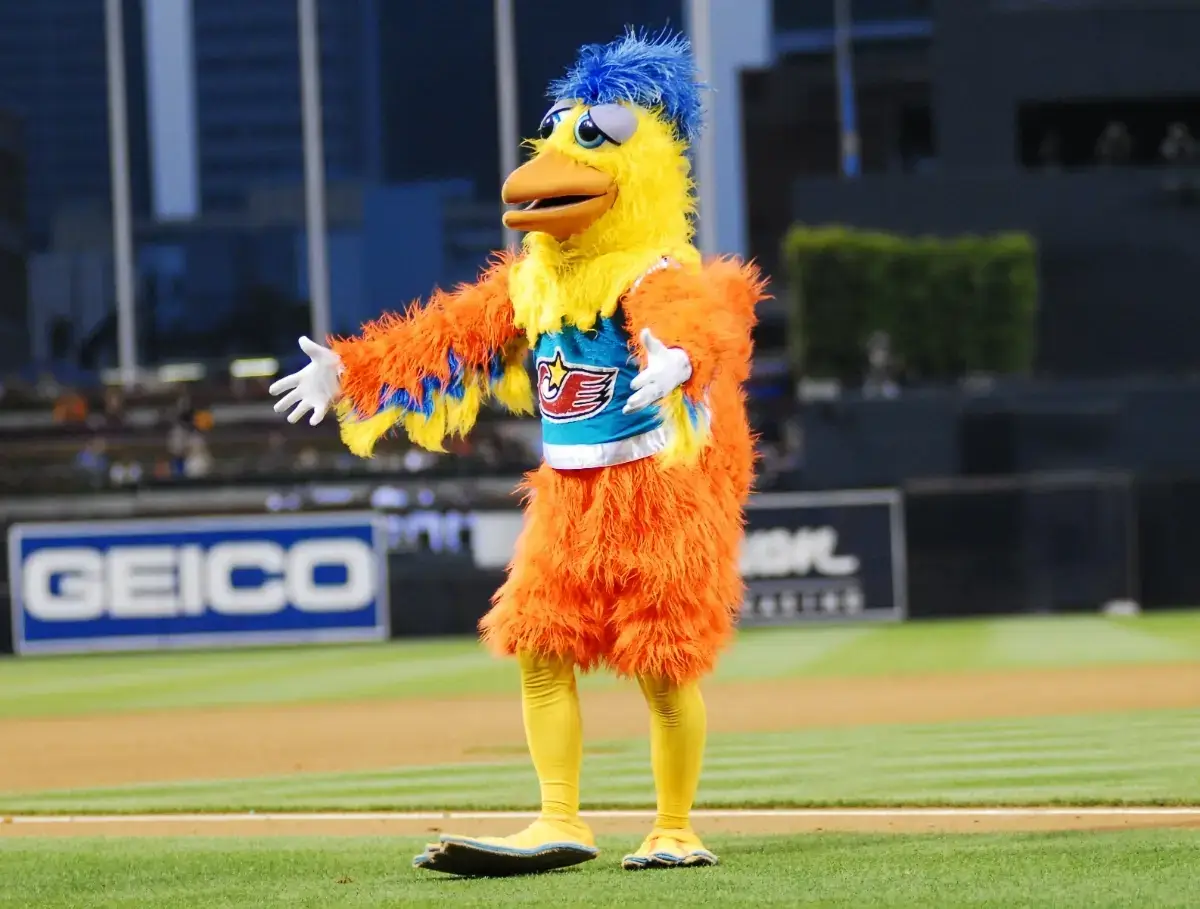
Getting Creative with Woody Paige
I started thinking — who had enough pull to help sway my dad? That’s when I called up Woody Paige, a well-known Denver sportswriter. Woody had seen The Chicken in action and was sold.
“How much does the chicken cost?” he asked.
“About $4,000,” I told him.
Then Woody made me an offer: “Tell your dad I’ll pay the fee up front, and I’ll keep any profits from the extra tickets sold.”
Now I had leverage. I took that deal straight back to my dad. I knew two things would be running through his mind — fear and greed. The fear that Woody might write a column about how we passed up this opportunity. And the greed that Woody might walk away with money that should’ve stayed in the organization.
Dad looked at me and finally said: “Book the chicken.”
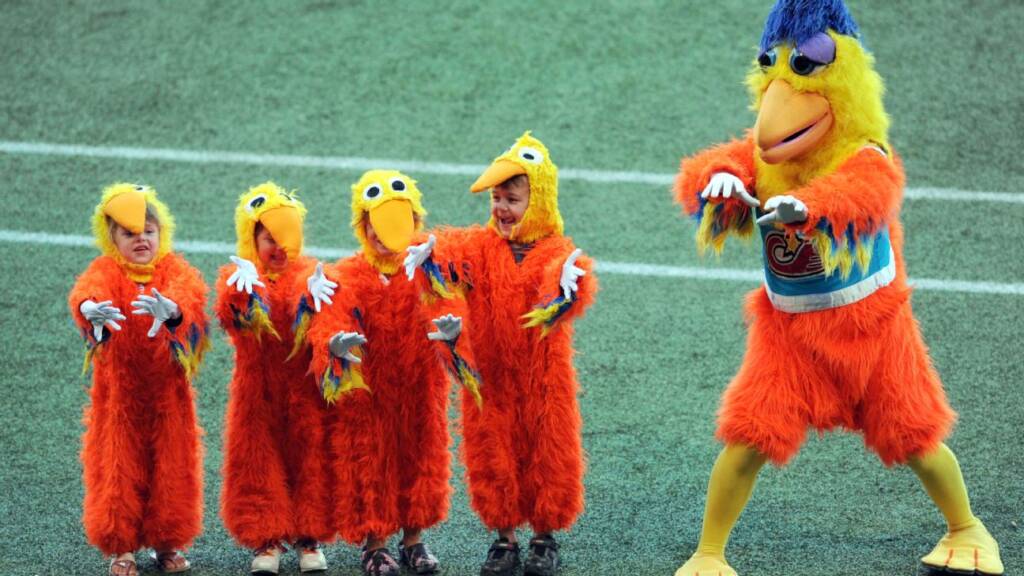
August 2, 1980: The Night Everything Changed
That night, 24,542 fans packed the stadium to see a guy in a chicken suit. I’ll never forget it. From the minute The Chicken took the field, he had the crowd eating out of his hand — dancing with umpires, doing bits with the players, and pulling off skits that had people howling with laughter.
It wasn’t just entertaining. It was electric.
Later that night, we were in the money-counting room with two machines running nonstop. Between the ticket sales, concessions, parking, and merch — it was a home run by every business measure.
And then, out of the corner of my eye, I saw my dad lean over to me and quietly ask, “Do you think we can get the chicken again?”
We did. Nine more times over the next three years. And every time, he drew bigger crowds than the one before.
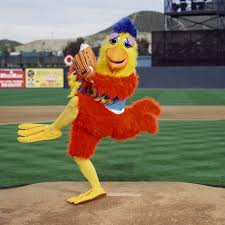
What That Chicken Taught Me
Booking The Chicken taught me that baseball isn’t just about balls and strikes. It’s about joy. It’s about giving fans something to remember.
Today, every major team has a mascot. They run around, shoot t-shirts, and dance on dugouts — but none of that would exist without the original blueprint. Without The Chicken.
And to think, it all started with a cracked glass desk and a stubborn old-school baseball guy who finally said yes.
Frequently Asked Questions:
Who is The Chicken?
The Chicken, also known as the San Diego Chicken, is a mascot created by Ted Giannoulas in 1974. I brought him to Denver in 1980, and I can tell you firsthand—he’s the most entertaining act I’ve ever seen in baseball.
What made The Chicken different from other mascots?
Unlike any mascot before him, The Chicken performed completely unscripted. His timing, physical comedy, and connection with the fans set him apart in a way that changed how we all looked at ballpark entertainment.
How many people came to see The Chicken in Denver?
Our first night hosting him in 1980 brought in 24,542 fans—one of the biggest crowds we’d had yet. And every time we brought him back, attendance went up again.
Did your dad really change his mind after the show?
He did. After the money was counted and the dust settled, he looked at me and said, “Do you think we can get the chicken again?” We brought him back nine more times.
What impact did The Chicken have on modern sports?
The Chicken set the standard. What teams now do with mascots—from dancing on dugouts to running promotions between innings—all started with what Ted Giannoulas created in that suit. I witnessed it firsthand.



